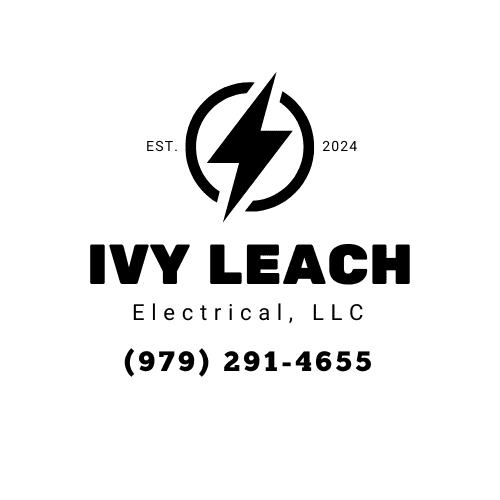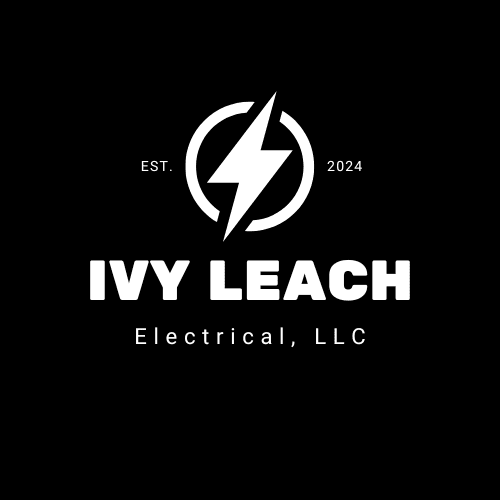Top 5 Common Electrical Myths and the Safety Practices You Need at Home
Electrical safety is a topic that often gets overshadowed by misconceptions, leading to unnecessary risks in the home. Many homeowners and renters in Lake Jackson and Brazoria County might find themselves relying on outdated or incorrect beliefs about handling electrical issues. In this post, we're debunking electrical safety myths to shed light on the truth and emphasize why professional electrical services are vital. Understanding the common electrical myths can empower you to adopt the right safety practices at home, ensuring peace of mind for you and your family. Read on to discover how expert guidance can help you maintain a safe and efficient home environment.
Debunking Electrical Safety Myths
In the realm of home electrical safety, misconceptions can lead to dangerous practices. Let's examine some common myths and uncover the truth behind them.
Myth: Circuit Breakers Prevent All Fires
Many homeowners believe that circuit breakers are a foolproof safeguard against electrical fires. However, this is a dangerous misconception.
Circuit breakers are designed to protect against overcurrent and short circuits, but they have limitations. They may not react quickly enough to prevent all types of electrical fires, especially those caused by loose connections or damaged wiring.
Moreover, circuit breakers can fail over time or if they're not properly maintained. Regular inspections are crucial to ensure they're functioning correctly.
It's important to remember that circuit breakers are just one part of a comprehensive electrical safety system. They should be complemented by other safety devices and practices for optimal protection.
Myth: Low Voltage Equals No Danger
The belief that low voltage systems are inherently safe is a common but misguided notion. In reality, even low voltage can pose significant risks under certain conditions.
While it's true that higher voltages generally present greater danger, low voltage systems can still cause severe injury or even death, especially in wet environments or if there's prolonged contact.
For instance, 12-volt car batteries can produce enough current to cause serious burns if shorted. Similarly, some low voltage landscape lighting systems can deliver a dangerous shock if mishandled.
It's crucial to treat all electrical systems with respect, regardless of their voltage. Always follow proper safety procedures and consult professionals when in doubt.
Essential Safety Practices at Home
Maintaining electrical safety at home requires vigilance and proactive measures. Let's explore some key practices that can significantly reduce risks.
Regular Electrical Inspections
Regular electrical inspections are a cornerstone of home safety, yet they're often overlooked. These inspections can prevent potential hazards before they escalate into dangerous situations.
Professional inspections can identify issues like outdated wiring, overloaded circuits, or faulty connections that might not be apparent to the untrained eye. They're particularly important for older homes or properties that have undergone renovations.
Experts recommend scheduling an electrical inspection every 3-5 years, or more frequently if you notice any warning signs like flickering lights or frequent circuit breaker trips.
During an inspection, a qualified electrician will assess your entire electrical system, from the main panel to individual outlets. They'll check for code compliance and suggest necessary upgrades or repairs.
Remember, the cost of an inspection is a small price to pay compared to the potential consequences of electrical failures or fires.
Importance of Professional Electrical Services
While DIY projects can be rewarding, electrical work is one area where professional expertise is crucial. The risks associated with amateur electrical work far outweigh any potential cost savings.
Licensed electricians have the training, experience, and tools to handle complex electrical systems safely. They understand local codes and regulations, ensuring that your home's electrical work is not only safe but also compliant.
Professional electricians can diagnose issues accurately, often identifying underlying problems that might not be apparent to homeowners. This expertise can prevent costly mistakes and ensure long-term safety and efficiency.
Moreover, work done by licensed professionals is typically guaranteed, providing peace of mind and protection for your investment. In case of any accidents or damage resulting from electrical work, professional services often come with insurance coverage.
Protecting Your Home and Family
Ensuring the safety of your loved ones involves more than just avoiding myths and calling professionals. Let's explore some proactive steps you can take to enhance electrical safety in your home.
Upgrading Old Wiring
Outdated wiring is a significant fire hazard in many homes, especially those built before the 1970s. Upgrading your electrical system is a crucial step in protecting your home and family.
Old wiring may not be able to handle the demands of modern appliances and electronics. This can lead to overheating, short circuits, and potentially fires. Signs of outdated wiring include frequent blown fuses, flickering lights, or a burning smell from outlets.
Upgrading involves replacing old wiring with modern, code-compliant alternatives. This often includes installing a new electrical panel to handle increased power demands.
While the cost of rewiring can be significant, it's an investment in your home's safety and value. Many insurance companies offer discounts for homes with updated electrical systems, recognizing the reduced risk.
Always hire a licensed electrician for wiring upgrades. They can assess your home's needs and ensure the work meets all current safety standards.
Installing Ground Fault Circuit Interrupters
Ground Fault Circuit Interrupters (GFCIs) are vital safety devices that can prevent electrocution and reduce the risk of electrical fires. They're especially important in areas where water and electricity might come into contact.
GFCIs work by constantly monitoring the flow of electricity in a circuit. If they detect even a slight imbalance, which could indicate a ground fault, they quickly shut off the power, potentially saving lives.
These devices are particularly crucial in:
Kitchens
Bathrooms
Laundry rooms
Outdoor areas
Garages
Installing GFCIs is a relatively simple process for a professional electrician. They can be added to existing outlets or installed as part of a new circuit.
Regular testing of GFCIs is important to ensure they're functioning correctly. Most have a test button that should be used monthly to verify their operation.





